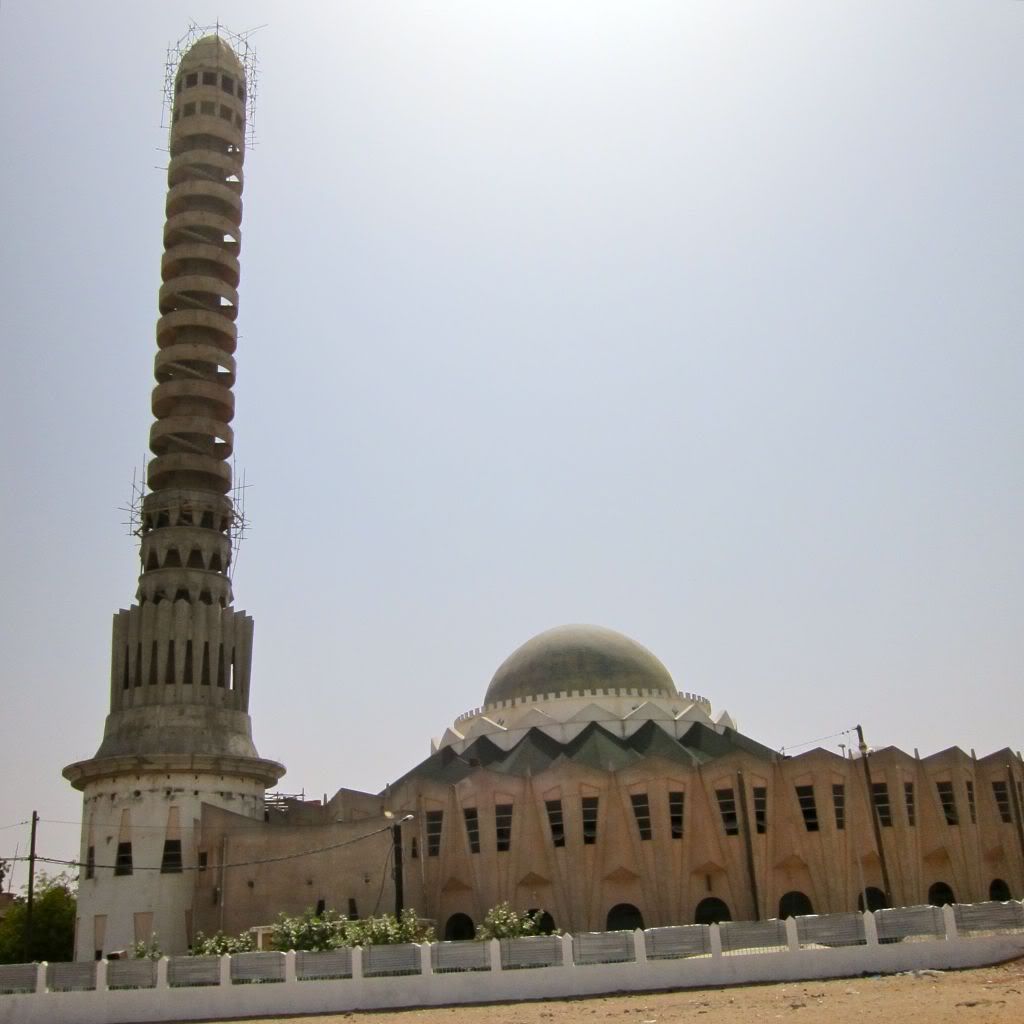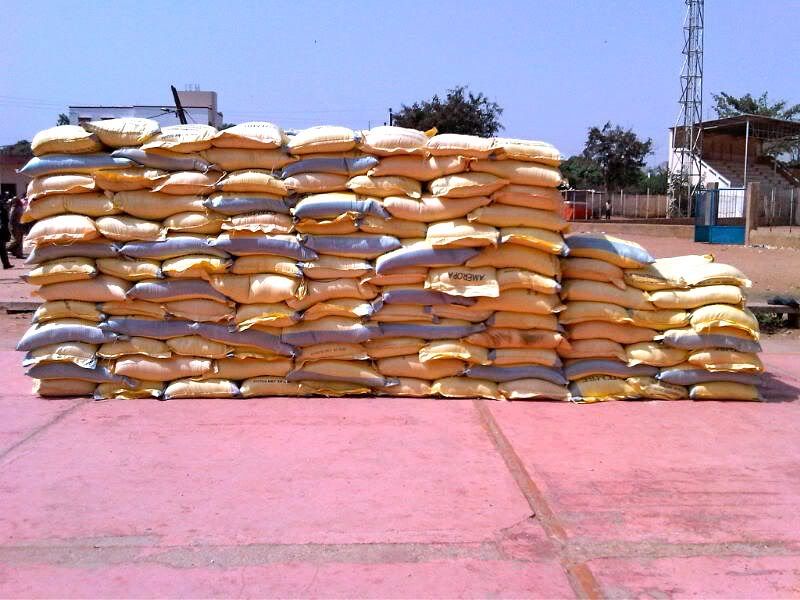
Why am I going to Thiès? Well, I volunteered to be a part of the electoral process in my own small way. I’m one member of a two person team who will go out and serve as election observers in some of the rural communities.

Voting stations are set up across the country in places like schools, town halls, and tents. On the wall of each station you see that instructions are posted to familiarize the public. Local television stations have also been running commercials in French and Wolof in order to facilitate awareness of proper voting procedure.
Lat Dior, your armies live on to this day, and this morning I think that your spirit shall be invoked by millions of your countrymen.
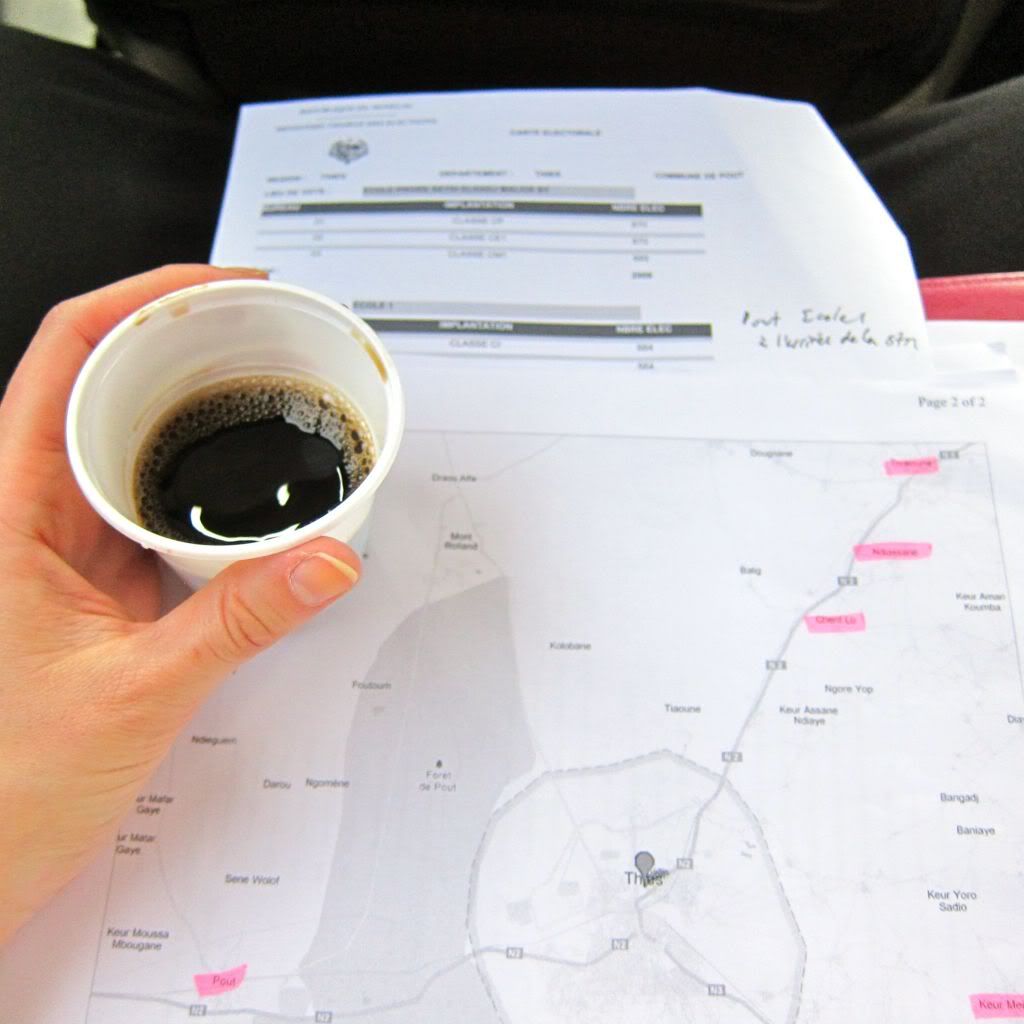
With Café Touba in hand, I’m ready to tackle election day. I swear that this stuff gives you magical powers. Neex na!

We arrive at our first voting center about a half hour before the polls open up. When we arrive at the station, it’s encouraging to see that there are already people standing in line.
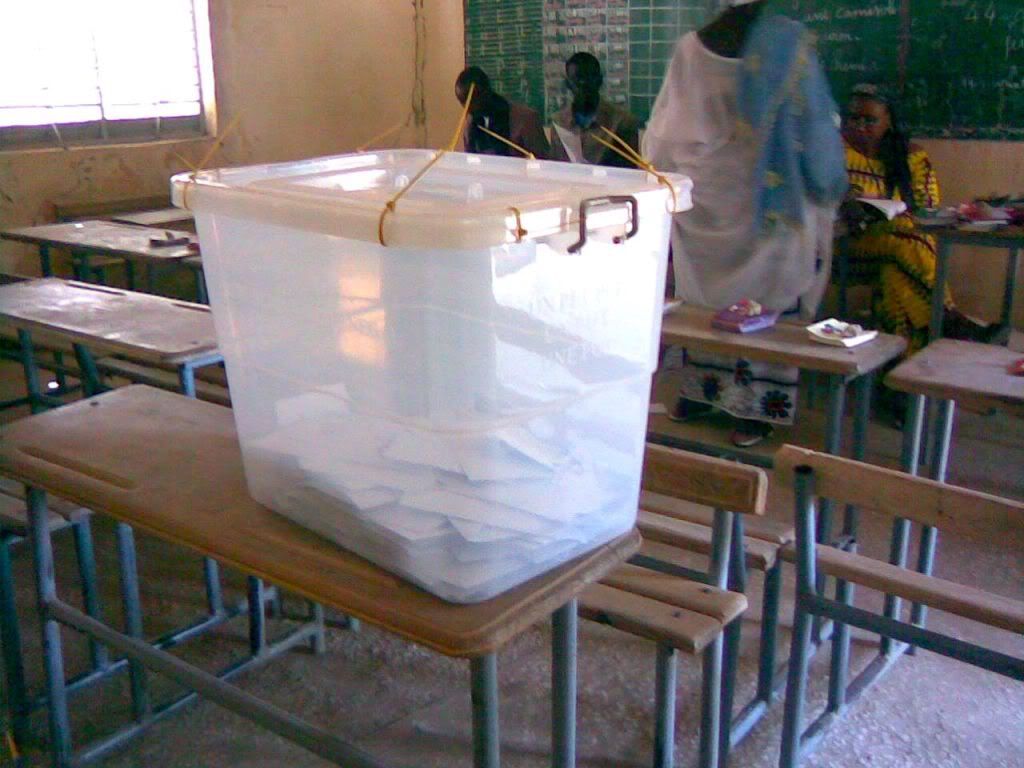
Here is one of the ballot boxes. The setup is the same in each bureau de vote, and I probably won’t get in trouble if I tell you that the bureau committees were extremely professional and correct in their execution of duties. It was really cool and inspiring to watch democracy in action.
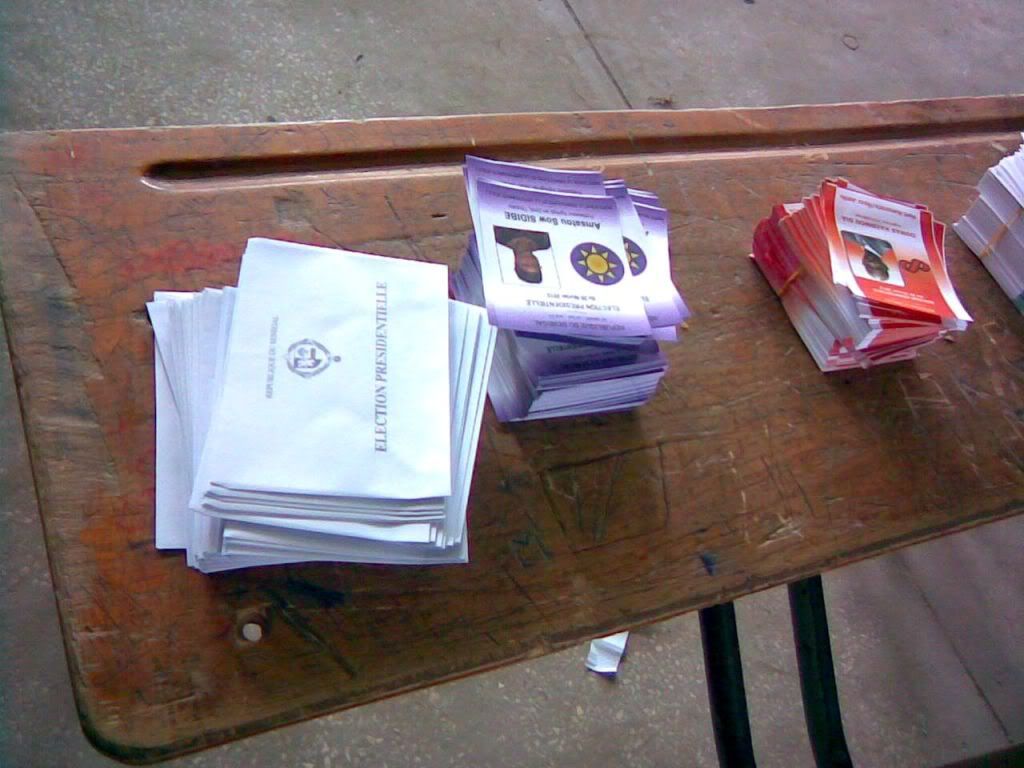
There were fourteen candidates running for president. Each candidate had a ballot card with his or her name and photograph on the card. A voter would come in and take each one of these fourteen cards, along with an official envelope. Once inside the voting booth, they were to place their selection in the envelope and then bring it back out to be dropped in the ballot box.

Behold the sign of a participatory democracy. After voting, each person had his or her finger dipped in indelible ink, which prevents them from attempting to vote elsewhere. As another American described it, “It’s their version of the ‘I Voted’ sticker!”
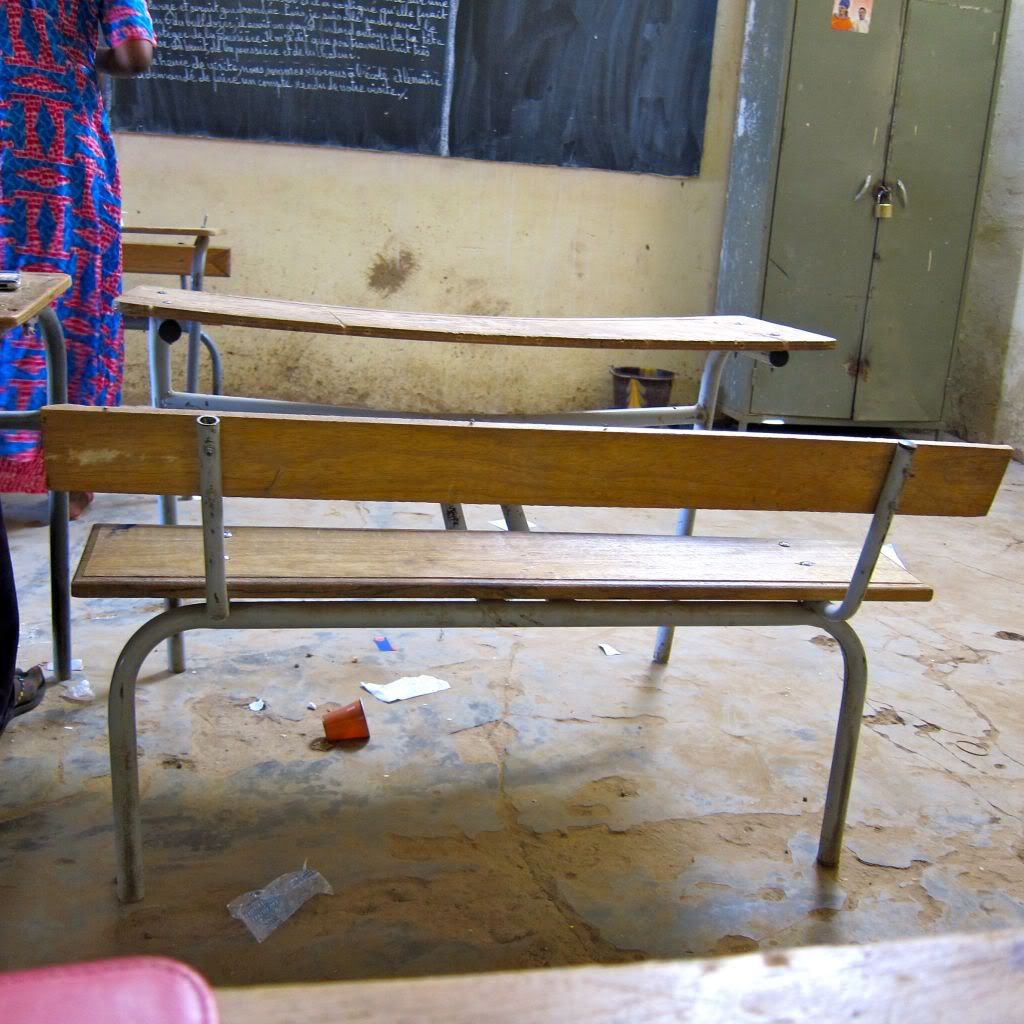
Many voting centers were stood up in schools, and as such we sat or stood in many of these classrooms. As I was trying to balance myself on a rickety bench in this particular schoolhouse, I snapped a couple of photos to give you an idea of the conditions. I would say that all of the desks and materials that I saw were in an appalling state; they would never be seen as fit for use in the States. But that said, education does takes place here, and people use every resource that they can find until the bitter end.

I have heard it said that the number one resource in Senegal is its people. Indeed, the Senegalese are known for their smarts, and although they may not have the fancy educational furnishings that pass as standard back in the States, you can tell that a premium is placed on education. I don’t want you to look at these conditions and just assume that it’s because the people here don’t care about learning- that couldn’t be further from the truth. It’s a matter of limited resources. I can guarantee that the teacher of this school would like nothing better than to have this hole patched before the rainy season comes in a few months.
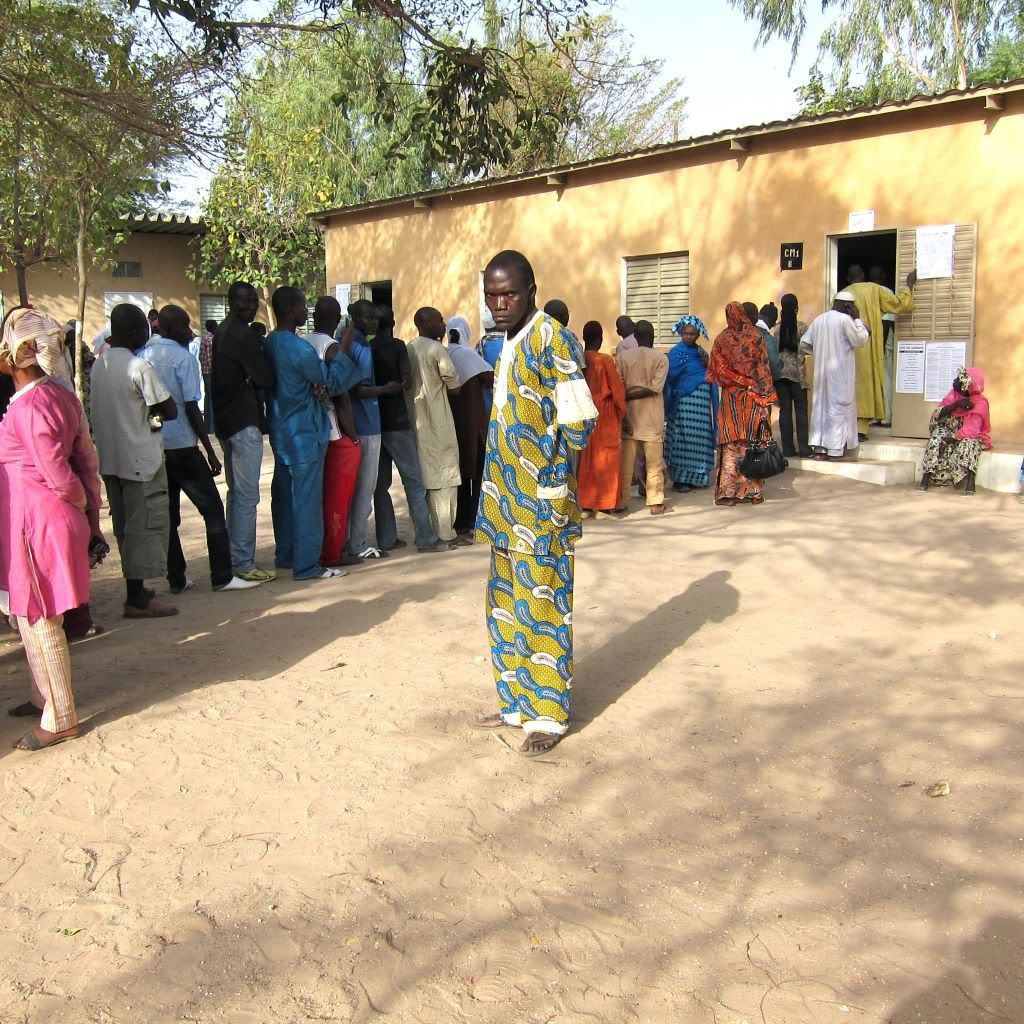
The lines grew long, and the people patiently waited for their turn. Later on someone told me that he waited in line to vote for three hours, but he was proud to do his part. So awesome.

As we traveled to many voting stations, we were treated as welcome guests at every center. Here you see that at least one station I was handed a serving of attaya, the fantastic afternoon pick-me-up that is concentrated, sweetened mint tea. As is standard operating procedure in this country, if you are guest, you are treated with teranga. Even if the people are busy trying to get on with electing a new president. It’s a humbling experience.

At the end of the day we ended up in a village that had five big tents serving as polling stations. Once the polls closed (at 6pm), we were to remain inside one of these and supervise the counting of votes.
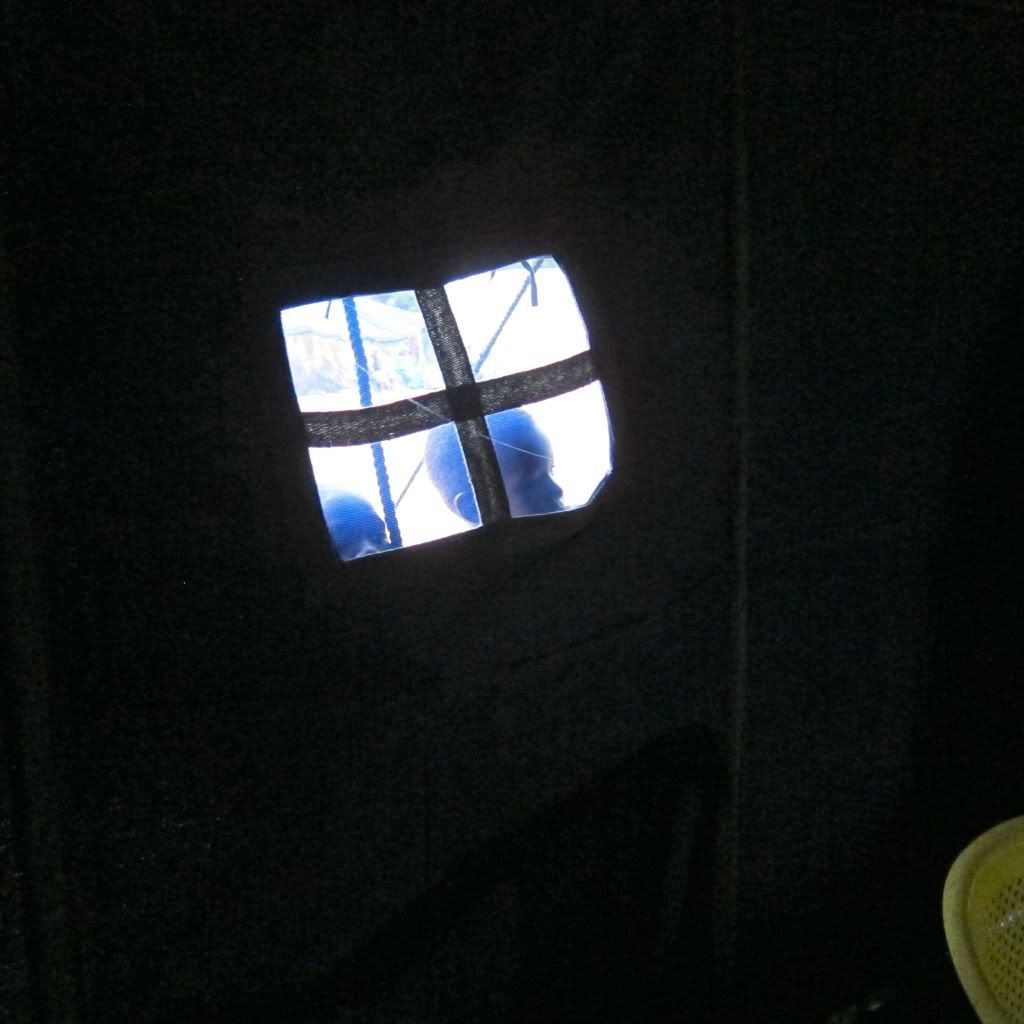
Inside the tent, you can see that the fading sunlight made for dark conditions for the election staff. Little kids who were running around outdoors kept peeking in to see what was going on. They were also blocking what little light we had inside.
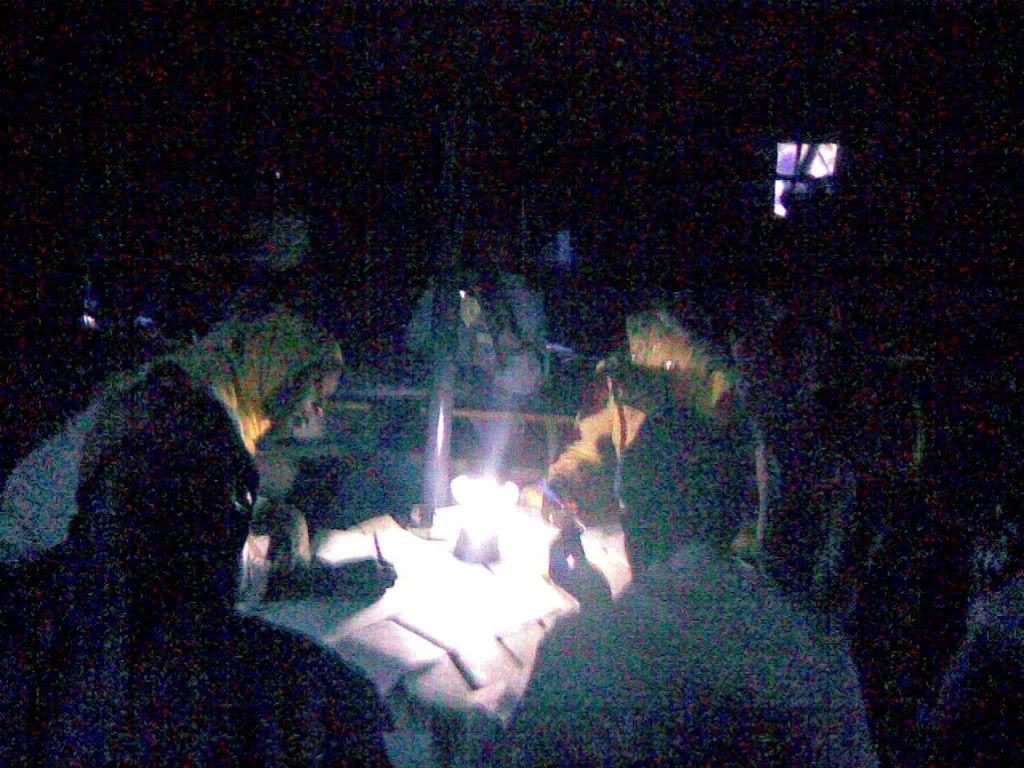
I took this photo with my cell phone, but I wanted to show you what we were working with as the votes were being counted. Most tents (and indeed many buildings) counted their votes by the light of a little Coleman lantern. One of the tents that we visited even used two small candles that were stuck into the table, affixed in its own wax.
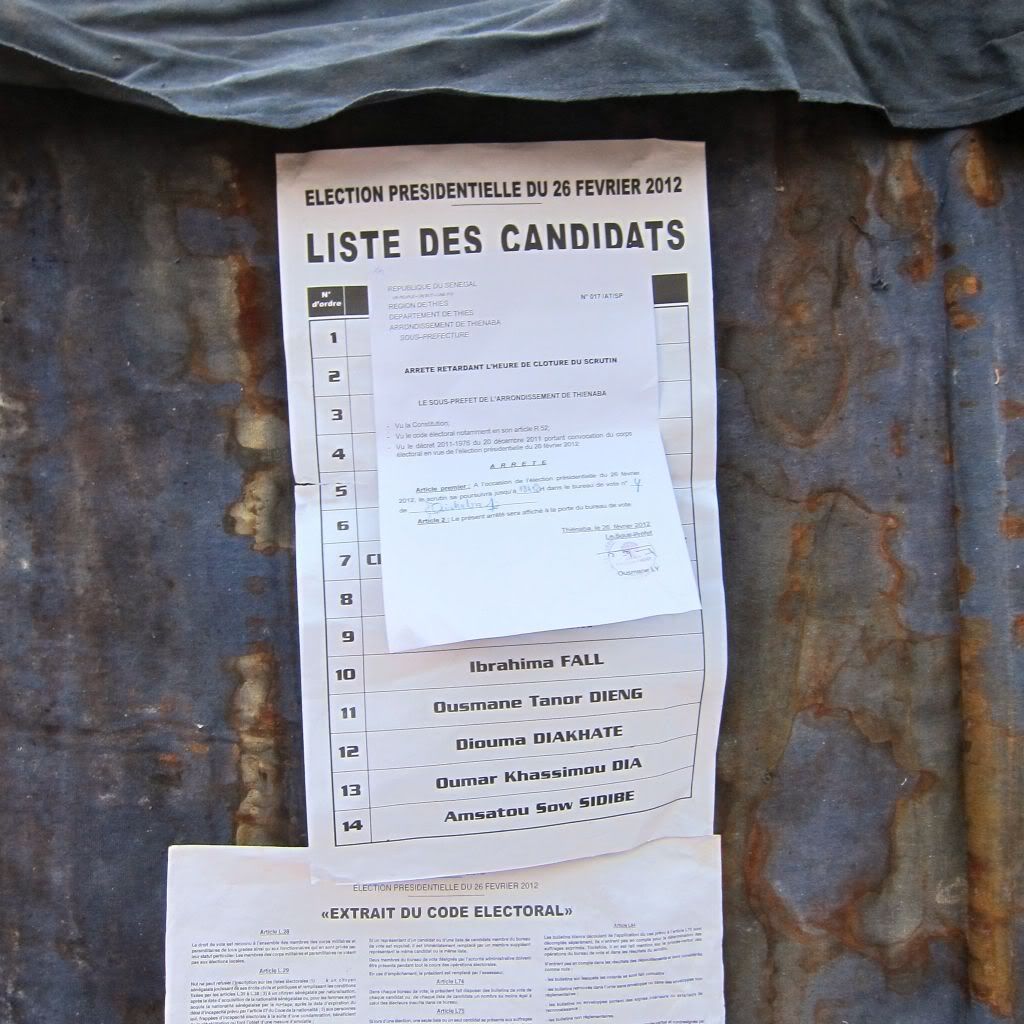
Outside the tent, a sign was posted announcing that the bureau de vote was closed, and that official counting was now taking place. You could feel the excitement all around us as the votes were tallied and the country transitioned to playing the waiting game.

In addition to call-in reporting, the national news showed Twitter updates. This Tweet notes that President Wade was beaten in his own voting bureau, followed by the breakdown of votes in that bureau. Technology is amazing.

We’re heading back out to the same polling stations in order to record the posted results.
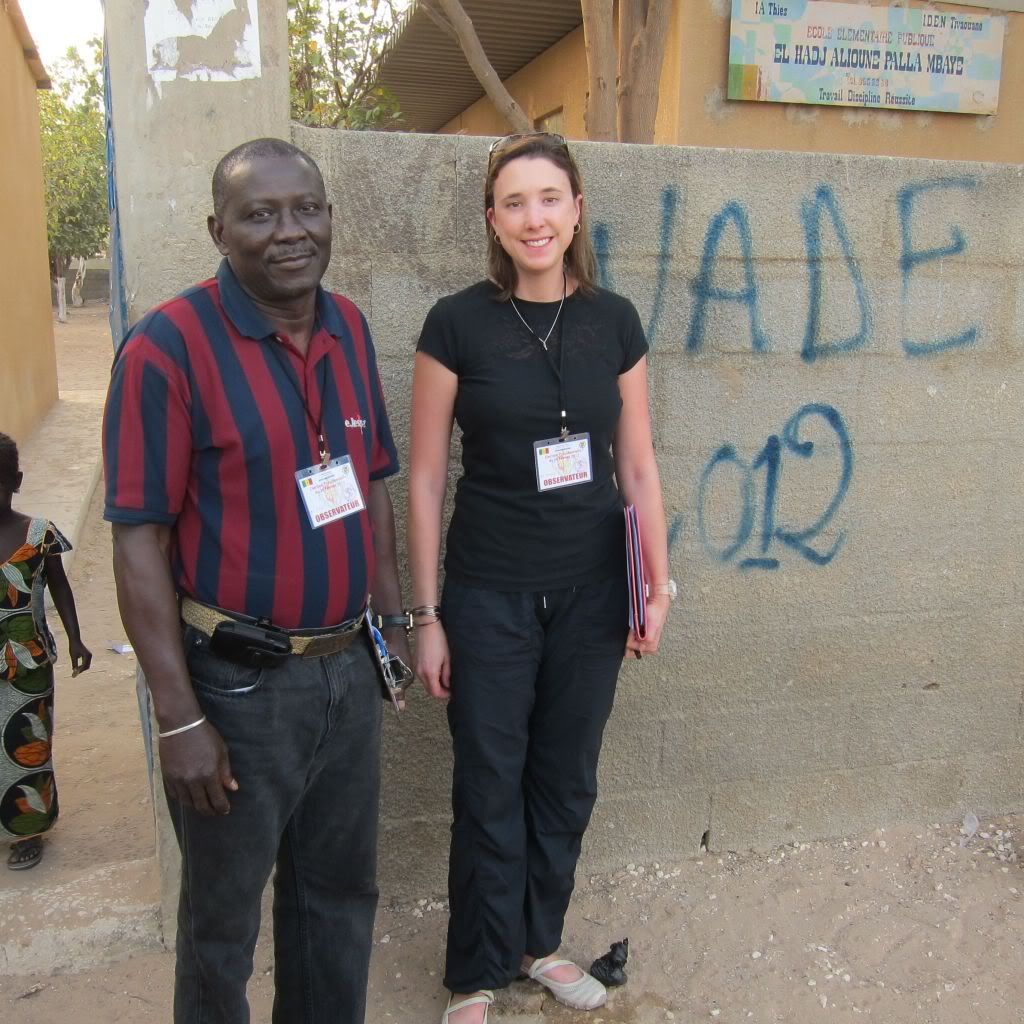
Here we are, back at one of the schools on February 27th. Pay no attention to the “Wade 2012” graffiti on the wall behind us. We posed in this spot on purpose- primarily because one of the questions on our observer questionnaire was, “Is each station free from political campaigning?” Um- at the moment every wall in this country seems to be plastered with political discourse.
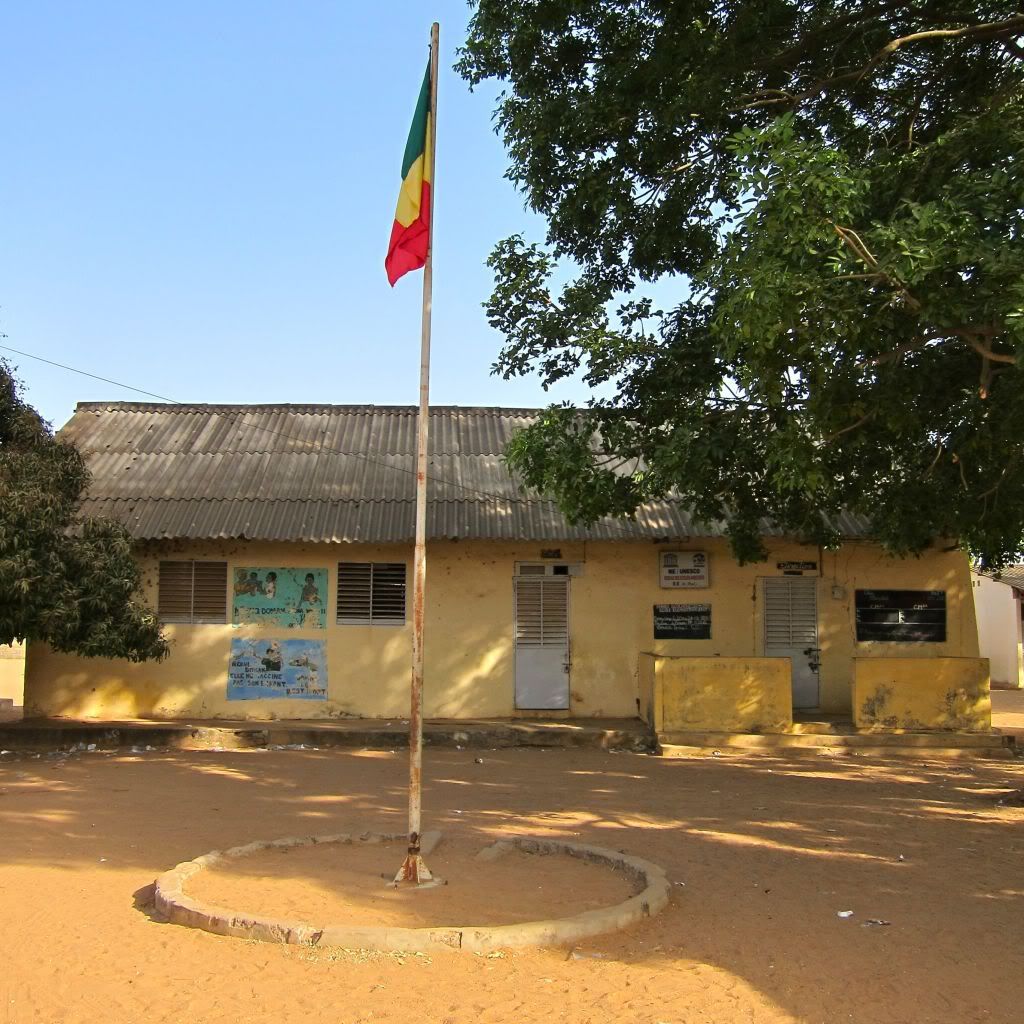
Again, another view of a school. This one was in Pout.
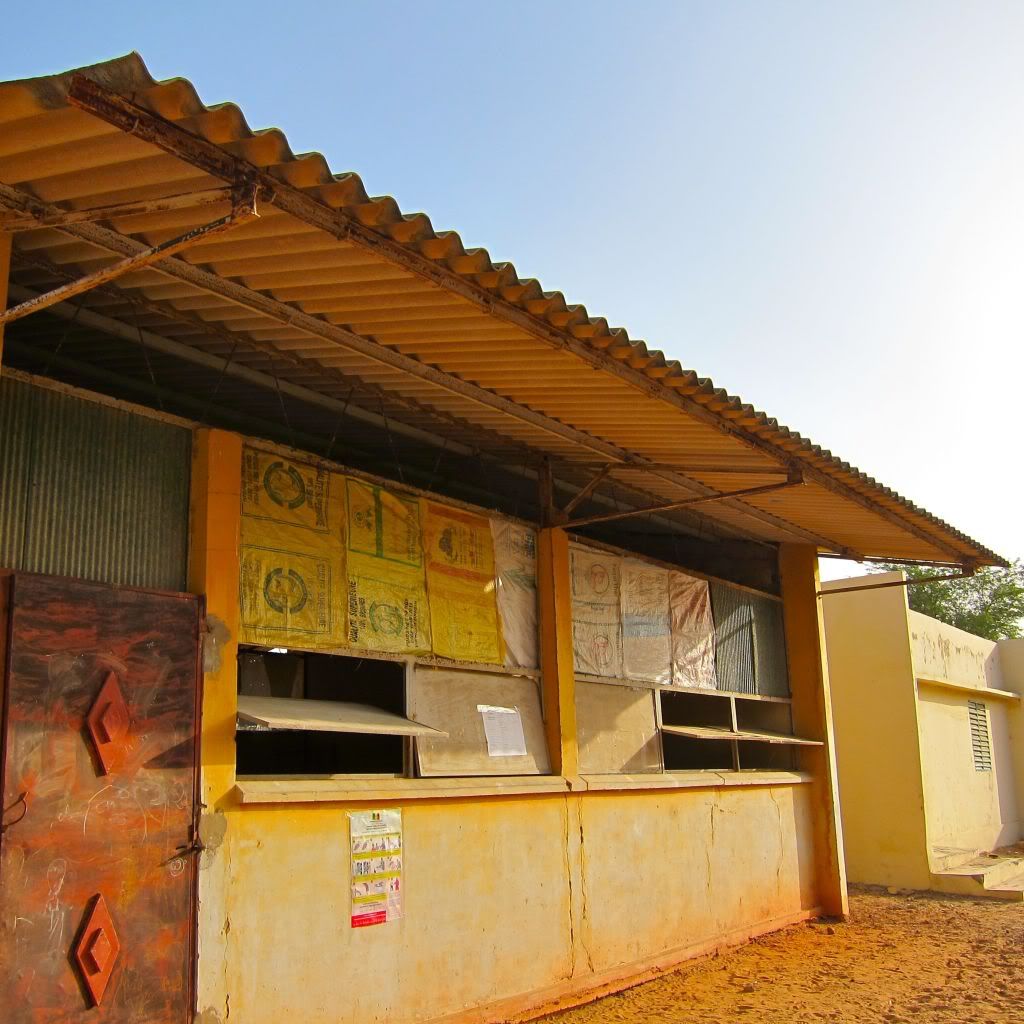
You can see the the windows in this school are using empty rice bags to form part of the wall.
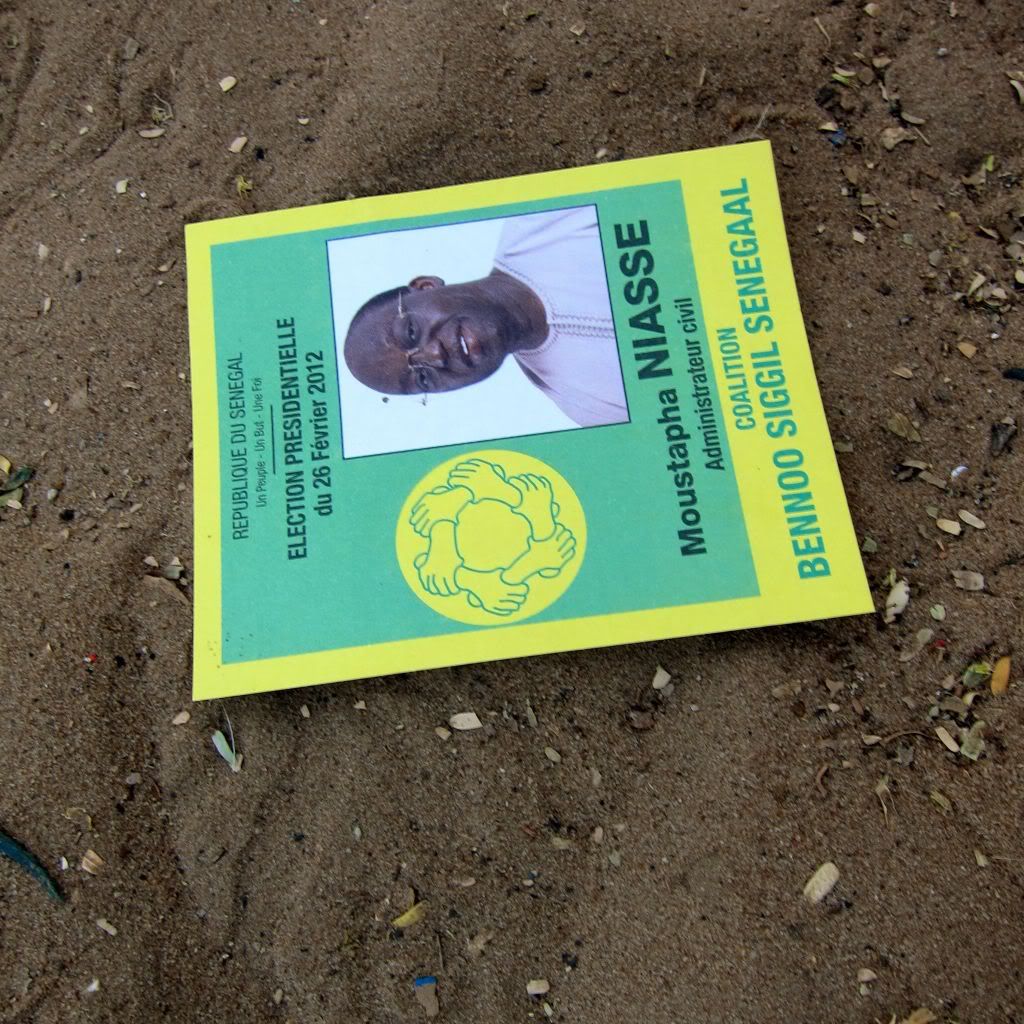
Random ballots were strewn all about the ground of each bureau– a sure sign of the morning after a vote count.

Each bureau de vote is supposed to have a copy of its results posted on the door. This school (and many others) had kids hanging around and playing with the colorful used ballot cards. I should mention that while yes, this is a Monday- there hasn’t been school in awhile because the teachers are on strike. With all of the perturbations that have been going on, these kids risk an année blanche– or a school year “lost” due to strikes. It’s heartbreaking.

A look inside one of the voting stations on the morning after. You can see the voting booth in the corner, and the discarded votes strewn about.

Here is what the posted results look like- this is what we were looking for at each center.

In some places, this is what we would find when we arrived. The results were either torn down by disenchanted voters or more likely by the kids who were hanging around.
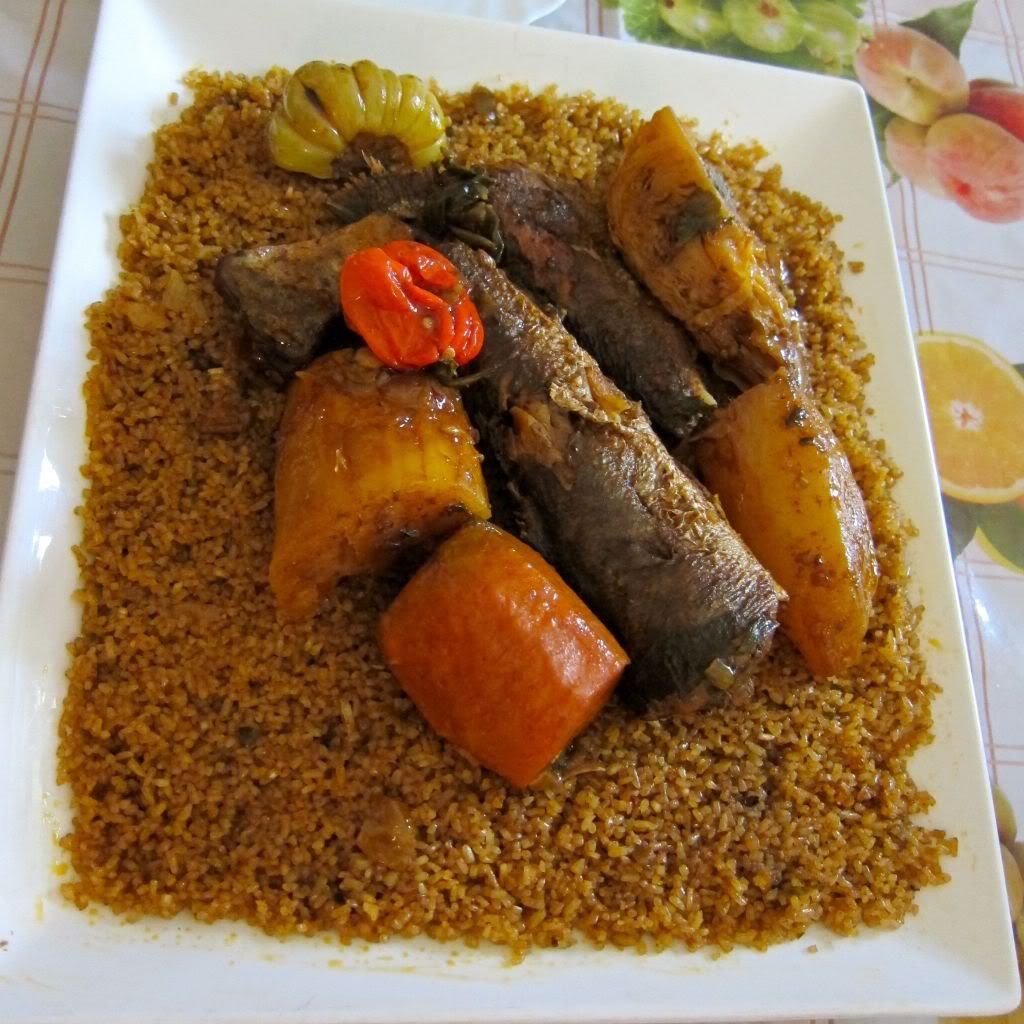
Once we finished collecting the results from each station, I got to head back to town and spend some time with one of my former classmates at UCAD. She lives in Thiès and it was great to catch up with her after so much time. She made us a really fantastic lunch of cebbujenn, the national dish of Senegal, and we talked about our lives and goals for the future. It was a great perk of being in town for the election.
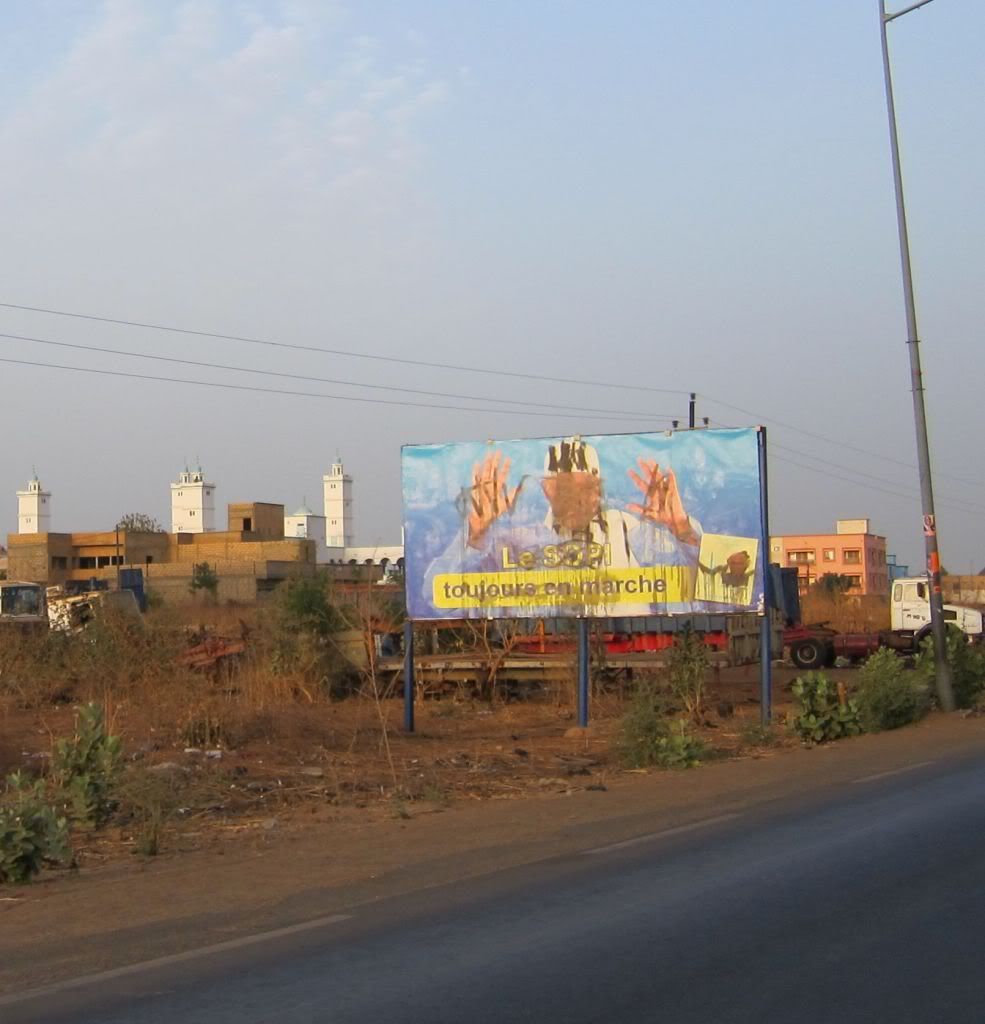
With our observation legwork accomplished, we were soon on our way back to Dakar in order to hand in our observations.

Meanwhile, the results continue came in, and the entire country is buzzing about the future shape of this country’s leadership.
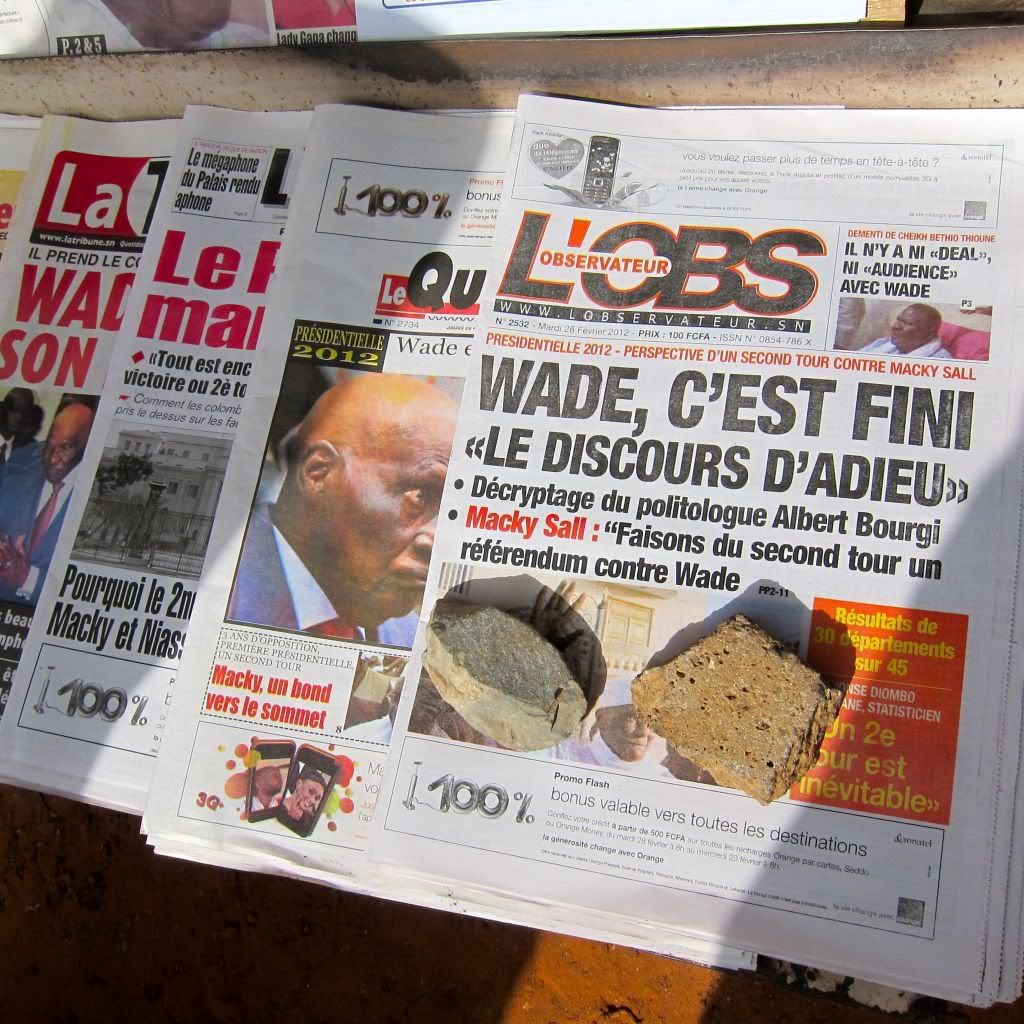
In true OBS fashion, this paper went the furthest in providing an interpretation of preliminary results. As for me, all I can say at the moment is that this vote is going to a second round. No one candidate got at least 51% of the vote- and that means that we have a few more weeks of campaigning yet before we have a declared winner.



